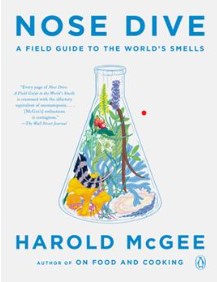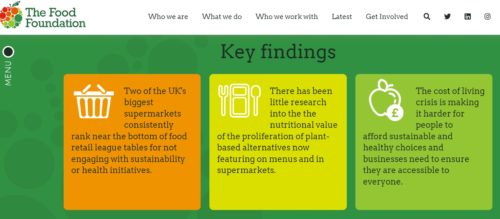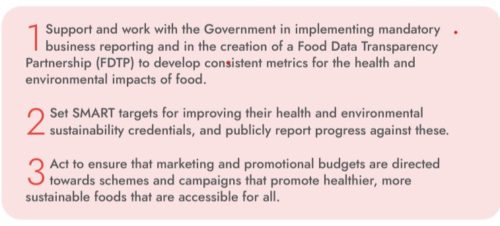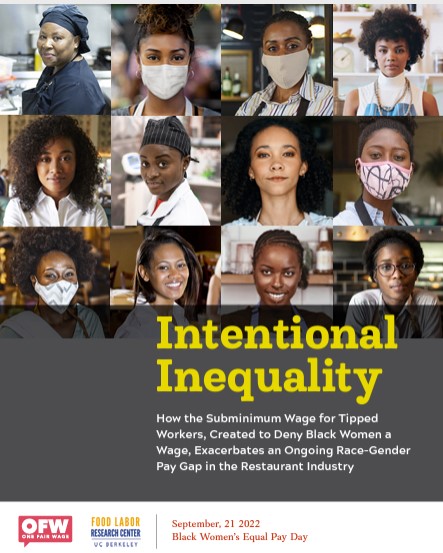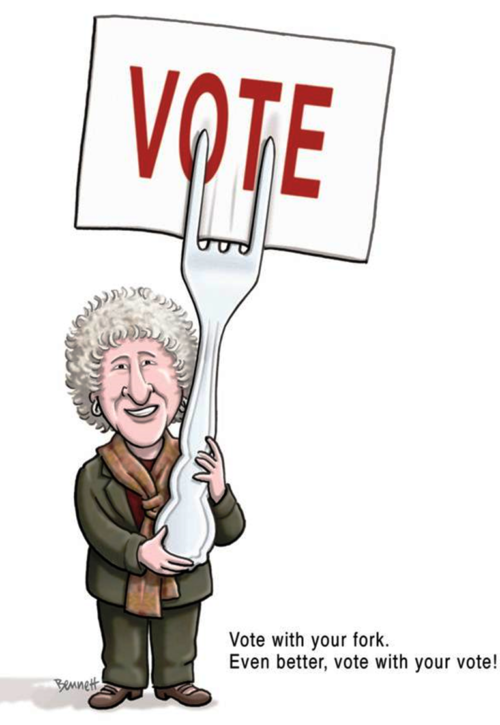Food-industry front group: The International Food Information Council (IFIC)
The International Food Information Coouncil (IFIC) headlines its website: “We promote science-based information on nutrition, food safety and agriculture.”
IFIC is a nonprofit 501(c)(3) education and consumer research organization that communicates evidence-based information on health, dietary patterns, ingredient safety and agricultural production. Our vision is a global environment where credible science drives food decisions.
I have long argued that any time you hear a food company or organization say it is “science-based,” you need to imagine a red warning flag flying into the air. The term unfailingly means do not criticize food products unless you can prove conclusively that they do harm. This, of course, is virtually impossible in populations that consume many different foods in meals from day to day.
IFIC lists health organization partners on its website. Finding out who funds it is not so easy.
IFIC is a 501(c)(3) nonprofit organization governed by a Board of Trustees, the majority of whom are independent, academic researchers. Our work is primarily supported by grants and contributions from the private sector. IFIC is non-partisan. IFIC does not represent any company, industry or product. IFIC does not lobby or serve as an advocacy organization.
Who in the private sector? The FAQ takes you to the same health organization partners and to an uninformative 990 tax form. Who funds IFIC? According to SourceWatch, food companies used to provide the bulk of funding but I’ve been unable to find a list of current funders.
I’m curious about this because investigators associated with the Bloomberg School of Public Health at Johns Hopkins and US Right to Know have just published: “How independent is the international food information council from the food and beverage industry? A content analysis of internal industry documents.”
The study team reviewed emails and documents obtained via public records requests related to IFIC and the IFIC Foundation, with the purpose of describing how IFIC generates and disseminates nutrition information to policy stakeholders and the general public. Results from this content analysis suggest IFIC communicates nutrition information to broad audiences using a variety of tactics designed to shape preferences about the link between unhealthy foods and chronic disease outcomes, manufacture doubt about existing evidence linking certain foods to negative health outcomes, and influence key opinion leaders in academia and government positions to support limited public health interventions designed to reduce consumption of unhealthy foods.
IFIC, they charge, is a food industry front group (this has been known for a long time) Their observations of industry funding sources date to 2018.
I’ve always thought IFIC was the most reasonable of industry front groups, perhaps because of its now former long time president, Sylvia Rowe, who understood consumer concerns exceptionally well.
This paper documents IFIC’s strategies in promoting food industry interests.
Documents
- The news release for this paper
- US Right to Know’s Fact Sheet on IFIC
- Gary Ruskin’s tweet thread on the paper
***********
For 30% off, go to www.ucpress.edu/9780520384156. Use code 21W2240 at checkout.



